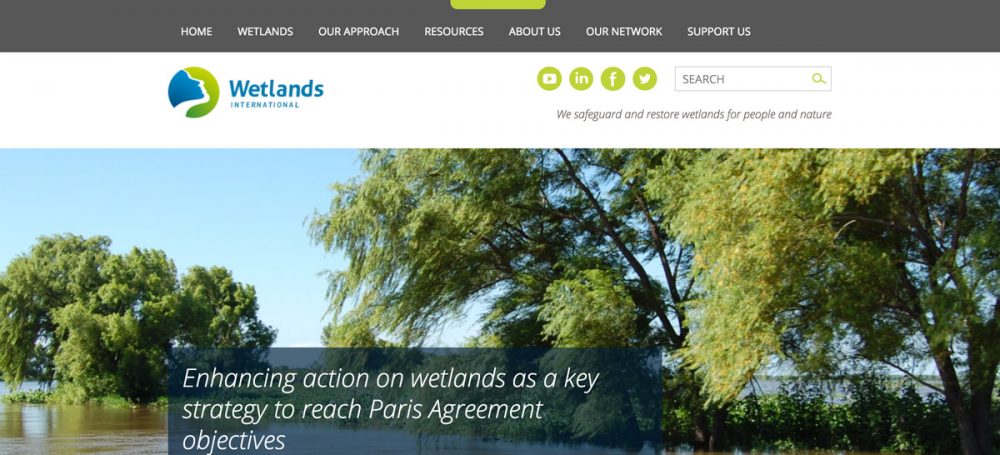Addressing freshwater ambitions explicitly through Nationally Determined Contributions (NDCs) provides a key entry-point for countries to emphasise the importance of freshwater strategies for adapting to climate change and reducing greenhouse gas emissions. Including wetlands explicitly in the next round of their NDCs (to be communicated by 2020) will help countries to raise awareness of this in dialogues and political processes at all levels and discuss targets and set policies. This policy brief uses the three guiding questions of the Talanoa Dialogue: Where are we? Where do we want to go? and How do we get there?
Key messages:
- While we see increased recognition on safeguarding wetlands as key natural climate buffers in landscapes, few climate initiatives yet identify the need to protect, restore and sustainably manage these ecosystems. Adaptation measures in the water sector are largely focused on grey infrastructure, while nature-based solutions attract less than 1% of total investments into water resource management.
- Safeguarding and rewetting peatlands should be considered a low-hanging fruit for keeping carbon in the ground, reducing CO2 emissions and preventing the loss of water storage capacity.
- Wetlands are the most rapidly declining ecosystems in the world. Demand for water, land and food increases and climate change intensifies, will increase the pressure in wetlands.
- 40% of the species depend on freshwater and are also in major decline.
- It is poorly recognized that the squeeze of wetlands also exacerbates human conflicts over access to water resources and productive land, driving conditions that stimulate instability.
- We recommend Priorities for Action and highlights initiatives following a landscape and systems approach that result in joined up social and ecological resilience.
- We show the vital role of civil society to help achieve this.





Comments closed.